M8 M16 M17 And M20 Gems Of The Summer Milky Way By Martin Campbell On Flickr.

M8 M16 M17 And M20 Gems Of The Summer Milky Way by Martin Campbell on Flickr.
More Posts from Bigbluenasa and Others

NASA BEST engineering design challenges offer a transdisciplinary STEM approach that's fun and engaging! #nasamei2017 (at NASA - Johnson Space Center in Houston, TX)
What’s Up for April 2016?
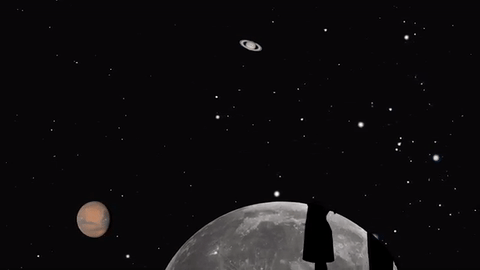
Jupiter, Mars, the Lyrid meteor shower and 2016’s best views of Mercury are all visible in the sky this month.
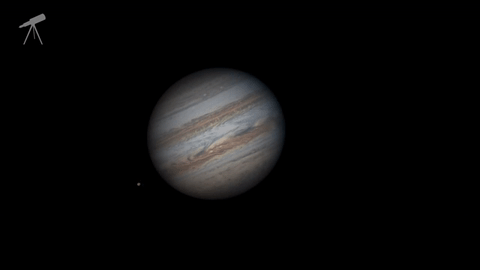
Jupiter, where our Juno mission will begin orbiting on July 4, continues to shine almost as brightly this month as last. And eagle-eyed telescope viewers will see a transit, a shadow transit, an occultation and an eclipse of Jupiter’s moons- all in one night: April 6-7.
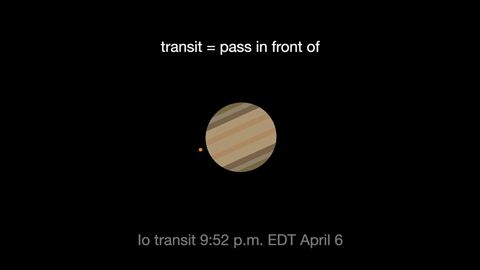
Io transits first, crossing the planet beginning at 9:52 p.m. EDT. It’s shadow can be seen less than an hour later.
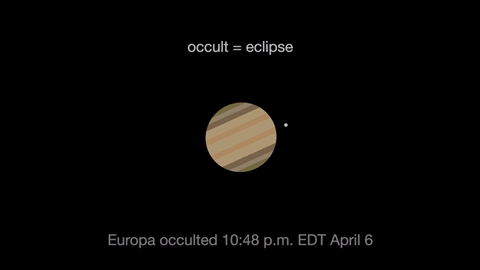
Next Jupiter occults, or eclipses, Europa as Europa slips behind the giant planet at 10:48 p.m. EDT. At 3 a.m. Europa reappears from its eclipse, dramatically leaving the shadow of Jupiter.
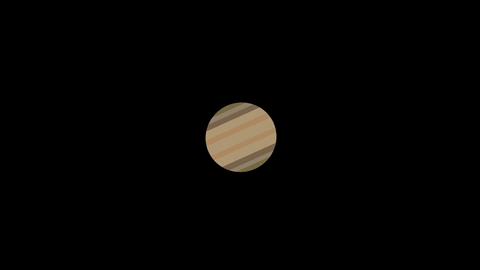
Ganymede transits the planet beginning at 1:01 EDT April 7.
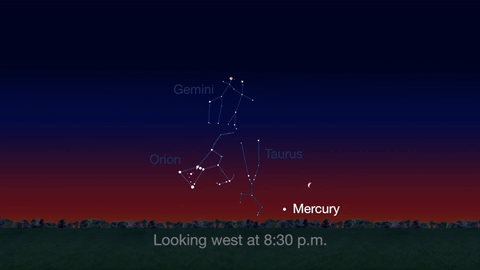
Check out the other planets in April, too! Mercury is always a challenging object to view, but this month you can spot it after sunset about 10 degrees above the horizon. Through a telescope you can see its phase. It will appear like a tiny crescent moon, with about 1/3 of its disk illuminated.
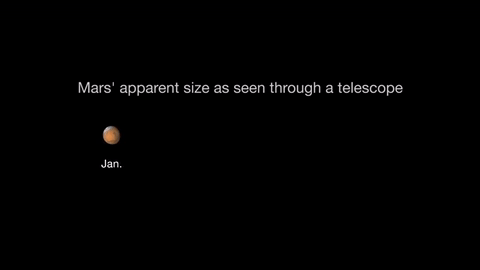
Mars is finally visible before midnight this month. It rises in the southeast at about 10 p.m. by the end of April. The best observing of Mars will be when it is highest in the sky. This means a few hours before dawn. Its brightness and apparent size increase dramatically this month. By month’s end, Mars appears nearly twice as bright as at the beginning of the month.
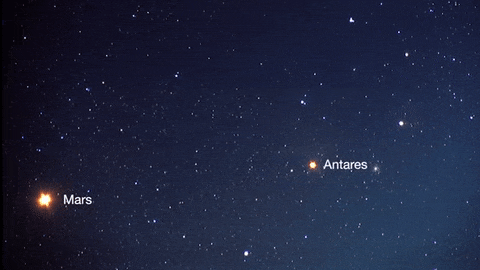
About mid-month you’ll see Mars near its rival in the sky: the similar-colored red supergiant star Antares. The name “Antares” means “equal to or rival of Mars”.
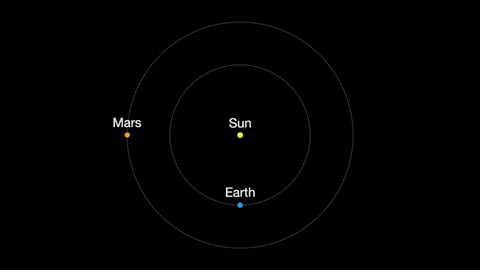
Earth moves almost twice as fast as Mars does, so it often passes Mars in their race around the sun. This causes “retrograde motion”: an illusion we see from our viewpoint on Earth.
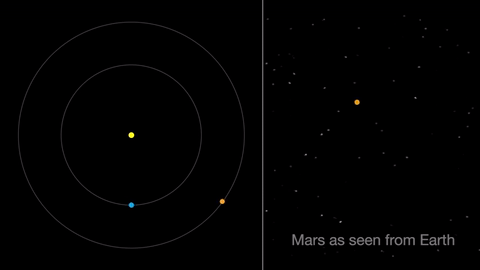
Retrograde motion happens as Earth catches up to Mars, causing Mars to appear slow to slow its eastward motion against the stars. After a few days, when Earth has overtaken Mars, the Red Planet seems to move westward. Eventually, Earth moves far enough around its orbit that Mars appears to be moving eastward again.
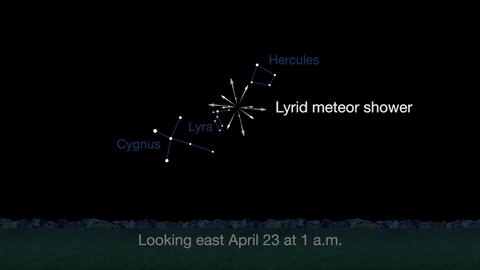
April features one meteor shower, the Lyrids. This year the Lyrids are marred by the full moon. The best time to view will be just before dawn on April 23, when the constellation Lyra is overhead and the moon will be near to setting.
With all of these great things to spot in the sky this month, be sure to get outside and look up!
Make sure to follow us on Tumblr for your regular dose of space: http://nasa.tumblr.com

Designing a NASA mission using the engineering design process is just part of a day's work for educators @nasajohnson attending our #nasamei2017 (at NASA - Johnson Space Center in Houston, TX)
Read about the 2015 HESTEC conference and the educators workshops we conducted on-site for the High School STEM Educators in attendance. @NASAEPDC @NASAEDU
Solar System: Things to Know This Week
From observing our moon to Saturn’s mini solar system …here are a few things you should know about our solar system this week:
1. What a Long, Strange—and Revealing—Trip It’s Been

As the Cassini mission builds toward its climactic “Grand Finale,” we’re taking a look back at the epic story of its journey among Saturn’s mini-solar system of rings and moons.
+ Traverse the timeline
2. Our Very Own Moon

Unlike Saturn, Earth has only one moon. Let’s celebrate it! International Observe the Moon Night (InOMN) is a worldwide, public celebration of lunar science and exploration held annually. On Oct. 8, everyone on Earth is invited to observe and learn about the moon together, and to celebrate the cultural and personal connections we all have with it.
+ Join in
3. What’s Up, October?

Even more about Earth’s moon is the subject of this month’s video guide for sky watchers and includes a look at the moon’s phases and when to observe them. Also featured are a guide to upcoming meteor showers and tips on how to catch a glimpse of Saturn.
+ Take a look
4. Nine Lives

Dawn’s discoveries continue, even as the asteroid belt mission marks nine years in space. “For such an overachiever,” writes Dawn’s top scientist, “it’s fitting that now, on its ninth anniversary, the spacecraft is engaged in activities entirely unimagined on its eighth.”
+ Learn more
5. The Incredible Shrinking Mercury

It’s small, it’s hot, and it’s shrinking. Research funded by us suggests that Mercury is contracting even today. This means we now know that Mercury joins Earth as a tectonically active planet.
+ Get the small details
Discover the full list of 10 things to know about our solar system this week HERE.
Make sure to follow us on Tumblr for your regular dose of space: http://nasa.tumblr.com

Not to spoil the movie, because it & the book are awesome. This is just something you can learn about Mars before or after you watch the movie, “The Martian.”
How Well Do you Know Neptune?

Dark, cold and whipped by supersonic winds, Neptune is the last of the hydrogen and helium gas giants in our solar system. More than 30 times as far from the sun as Earth, the planet takes almost 165 Earth years to orbit our sun! In fact, in 2011, Neptune completed its first orbit since its discovery in 1846.

Here are a few things you might not know about the windiest planet:
If the sun were as tell as a typical front door, the Earth would be the size of a nickel and Neptune would be about as big as a baseball.
Neptune orbits our sun, a star. Neptune is the eighth planet from the sun at a distance of about 4.5 billion km (2.8 billion miles) or 30.07 AU.
One day on Neptune takes about 16 hours (the time it takes for Neptune to rotate or spin once)
Neptune makes a complete orbit around the sun (a year in Neptunian time) in about 165 Earth years (60,190 Earth days)
Neptune has six rings
Voyager 2 is the only spacecraft to have visited Neptune
Neptune has 13 moons. They are named after various sea gods and nymphs in Greek mythology
Did you know that Neptune has storms?

Similar to Jupiter, Neptune has storms that create gigantic spots in its atmosphere…well, it did. When Voyager 2 flew past Neptune in 1989, it tracked and imaged the “Great Dark Spot” — a storm larger than the entire Earth! When the Hubble Space Telescope imaged Neptune the spot had disappeared, only to be replaced with two smaller storms, which in turn also disappeared.
Make sure to follow us on Tumblr for your regular dose of space: http://nasa.tumblr.com
Just another great training with educators using NASA Education resources for the classroom.
Elementary GLOBE is designed to introduce K-4 students to the study of Earth System Science. The complete instructional unit includes:
Science-based storybooks designed to introduce students to key concepts in water, soil, clouds, seasons, aerosols, and Earth system studies.
Classroom learning activities complementing the science content covered in each storybook that are designed to further engage students in GLOBE's 5 investigation areas.
-
 profiarty reblogged this · 1 month ago
profiarty reblogged this · 1 month ago -
 astral-22 liked this · 6 years ago
astral-22 liked this · 6 years ago -
 rockkvana liked this · 8 years ago
rockkvana liked this · 8 years ago -
 undisclosed-assassin reblogged this · 8 years ago
undisclosed-assassin reblogged this · 8 years ago -
 waitingaroundthebend liked this · 9 years ago
waitingaroundthebend liked this · 9 years ago -
 sebastianwouldbeappalled reblogged this · 9 years ago
sebastianwouldbeappalled reblogged this · 9 years ago -
 pywren reblogged this · 9 years ago
pywren reblogged this · 9 years ago -
 emnahamdi99-blog liked this · 9 years ago
emnahamdi99-blog liked this · 9 years ago -
 klh96765665-blog liked this · 9 years ago
klh96765665-blog liked this · 9 years ago -
 opium3ater liked this · 9 years ago
opium3ater liked this · 9 years ago -
 starkiller1701-a reblogged this · 9 years ago
starkiller1701-a reblogged this · 9 years ago -
 naturalizerr reblogged this · 9 years ago
naturalizerr reblogged this · 9 years ago -
 pywren liked this · 9 years ago
pywren liked this · 9 years ago -
 positrxxnic reblogged this · 9 years ago
positrxxnic reblogged this · 9 years ago -
 intergaylactics reblogged this · 9 years ago
intergaylactics reblogged this · 9 years ago -
 boundlessuniverse liked this · 9 years ago
boundlessuniverse liked this · 9 years ago -
 xleoloko reblogged this · 9 years ago
xleoloko reblogged this · 9 years ago -
 aropanalien12 liked this · 9 years ago
aropanalien12 liked this · 9 years ago -
 punkasskidneys liked this · 9 years ago
punkasskidneys liked this · 9 years ago -
 octobersky reblogged this · 9 years ago
octobersky reblogged this · 9 years ago -
 ancyd liked this · 9 years ago
ancyd liked this · 9 years ago -
 stinebredal liked this · 9 years ago
stinebredal liked this · 9 years ago -
 foxwine liked this · 9 years ago
foxwine liked this · 9 years ago -
 bisexualalienss reblogged this · 9 years ago
bisexualalienss reblogged this · 9 years ago -
 cottonvitellius-axv reblogged this · 9 years ago
cottonvitellius-axv reblogged this · 9 years ago -
 musichungry reblogged this · 9 years ago
musichungry reblogged this · 9 years ago -
 starsaremymuse reblogged this · 9 years ago
starsaremymuse reblogged this · 9 years ago -
 starsaremymuse reblogged this · 9 years ago
starsaremymuse reblogged this · 9 years ago -
 azamor reblogged this · 9 years ago
azamor reblogged this · 9 years ago -
 queenvarda reblogged this · 9 years ago
queenvarda reblogged this · 9 years ago -
 aqualianbird reblogged this · 9 years ago
aqualianbird reblogged this · 9 years ago -
 mianna1126-blog liked this · 9 years ago
mianna1126-blog liked this · 9 years ago -
 piratemaxadlerfan reblogged this · 9 years ago
piratemaxadlerfan reblogged this · 9 years ago -
 baroquexsoulxcix reblogged this · 9 years ago
baroquexsoulxcix reblogged this · 9 years ago -
 sunflower-conspiracy reblogged this · 9 years ago
sunflower-conspiracy reblogged this · 9 years ago -
 docwithtardisfez liked this · 9 years ago
docwithtardisfez liked this · 9 years ago -
 docwithtardisfez reblogged this · 9 years ago
docwithtardisfez reblogged this · 9 years ago -
 scienc5life reblogged this · 9 years ago
scienc5life reblogged this · 9 years ago -
 bluestdreams reblogged this · 9 years ago
bluestdreams reblogged this · 9 years ago